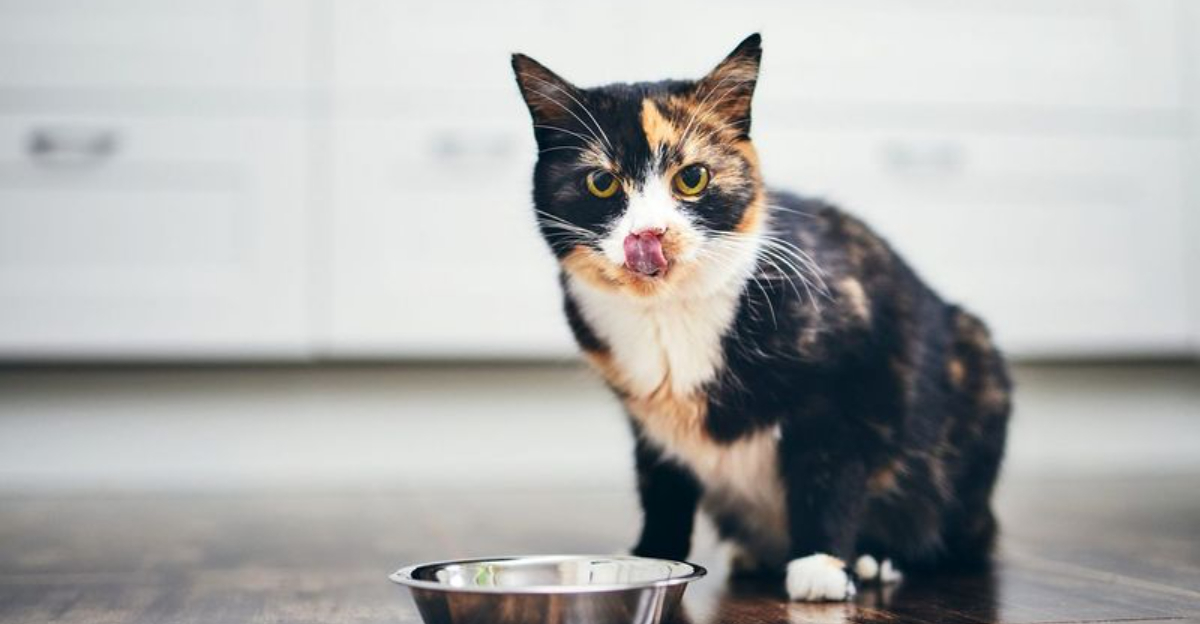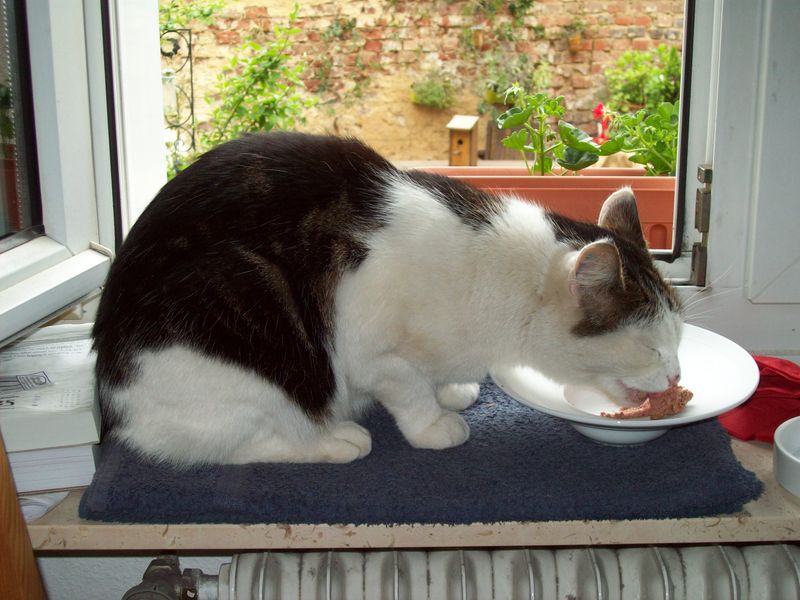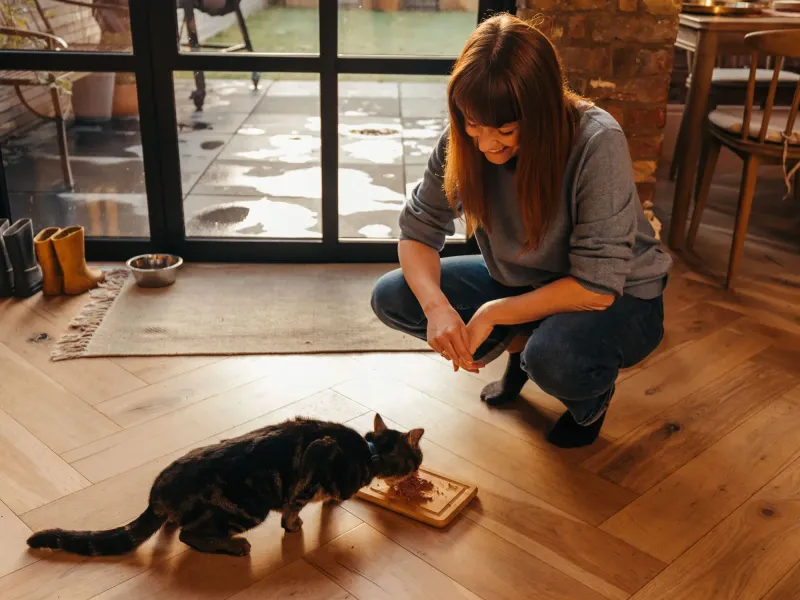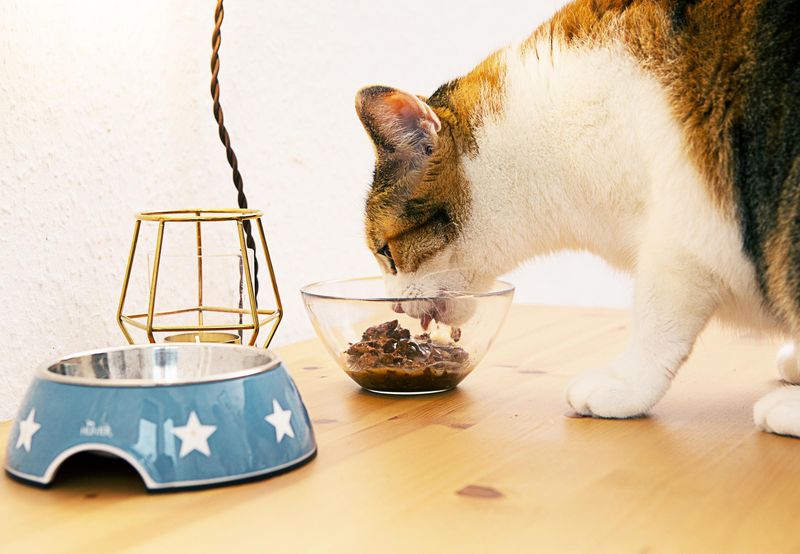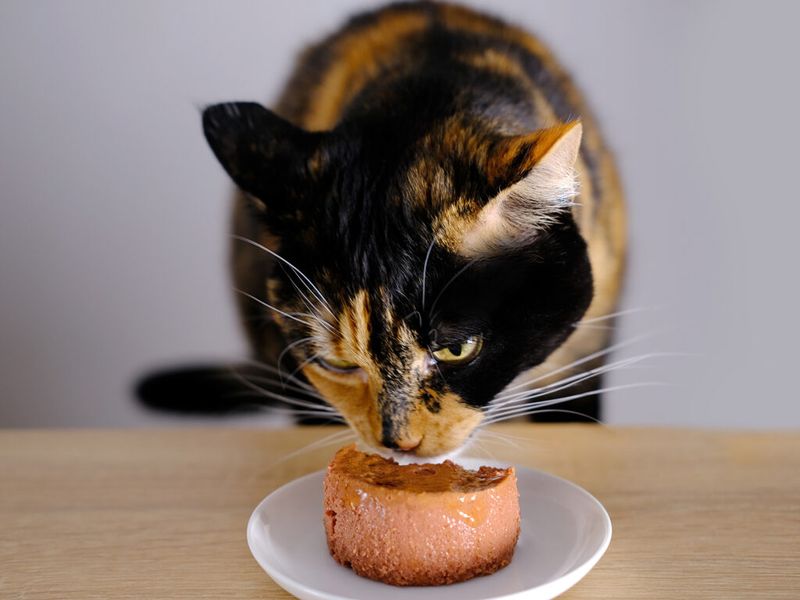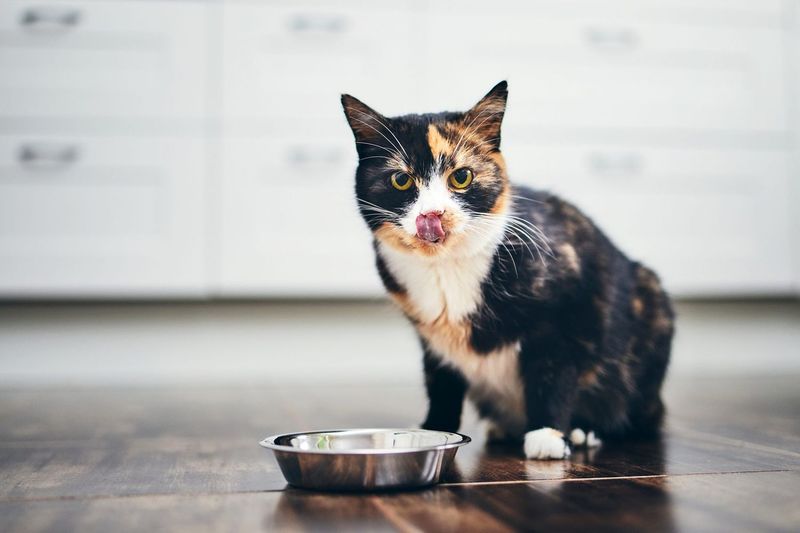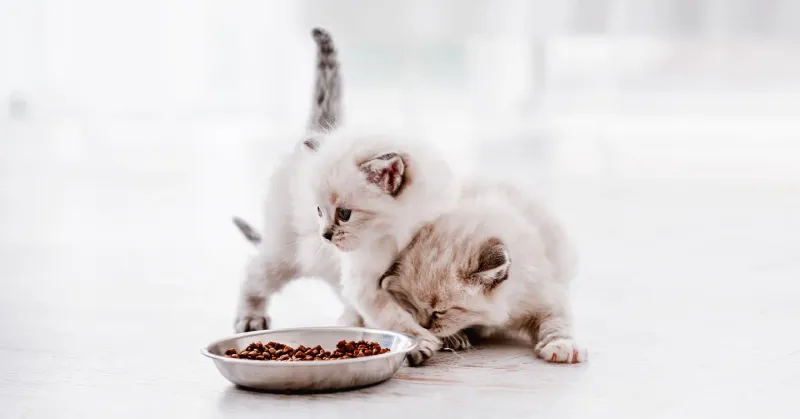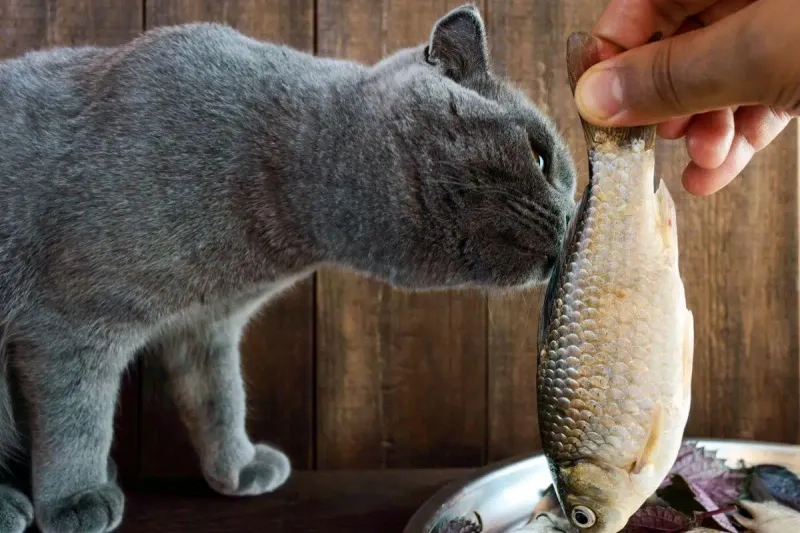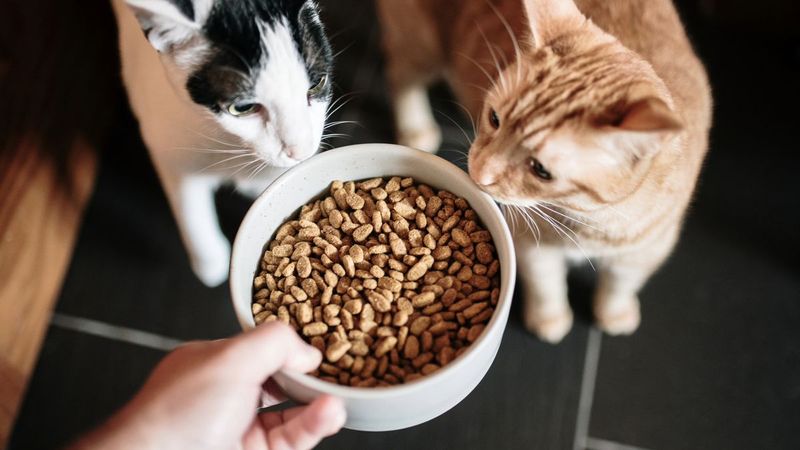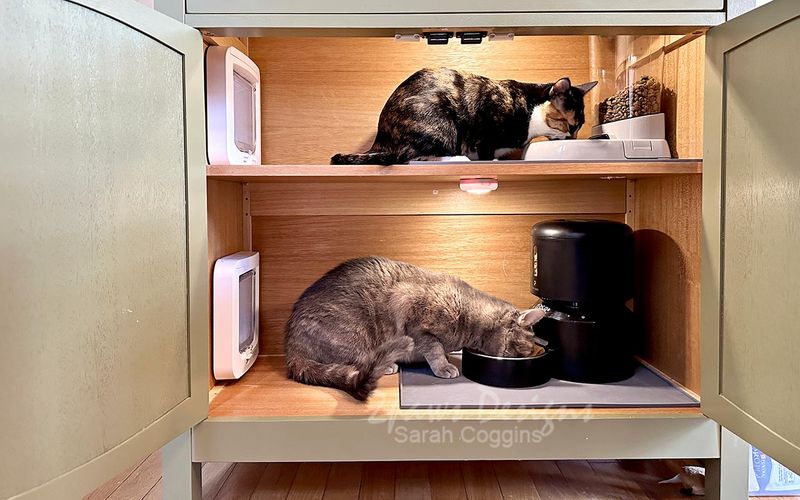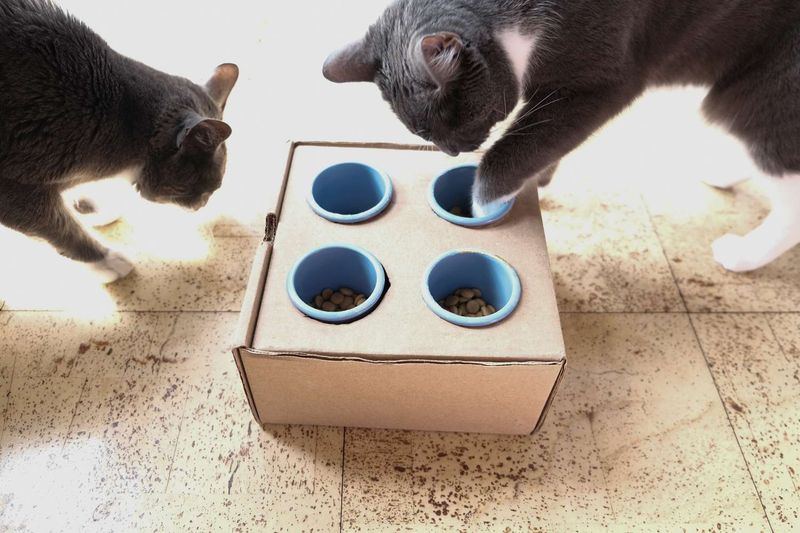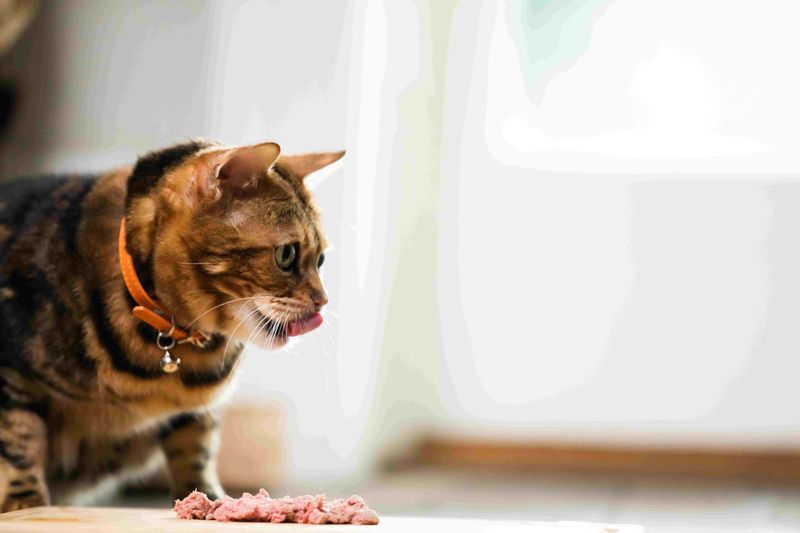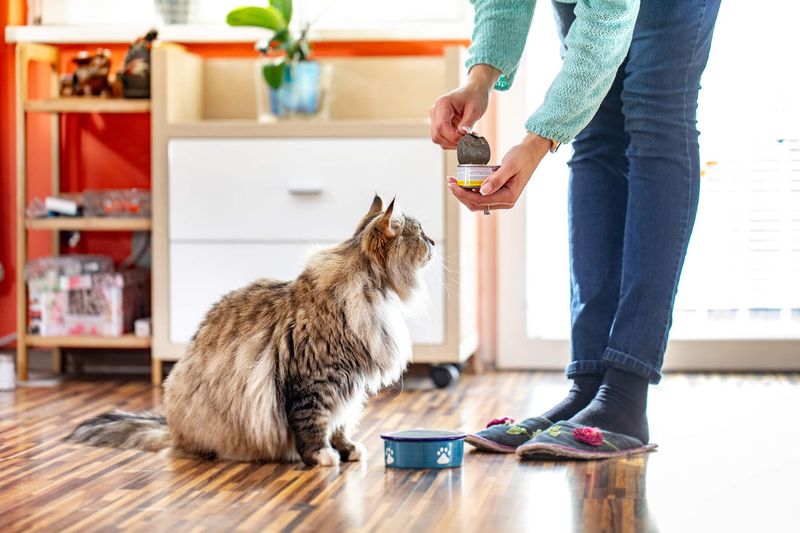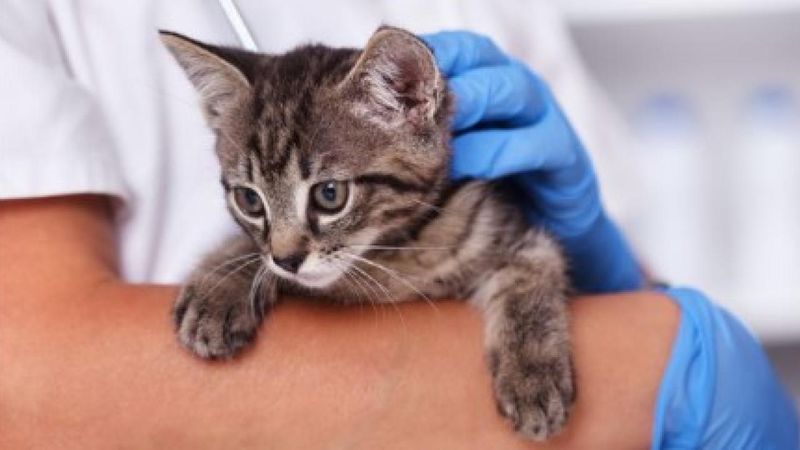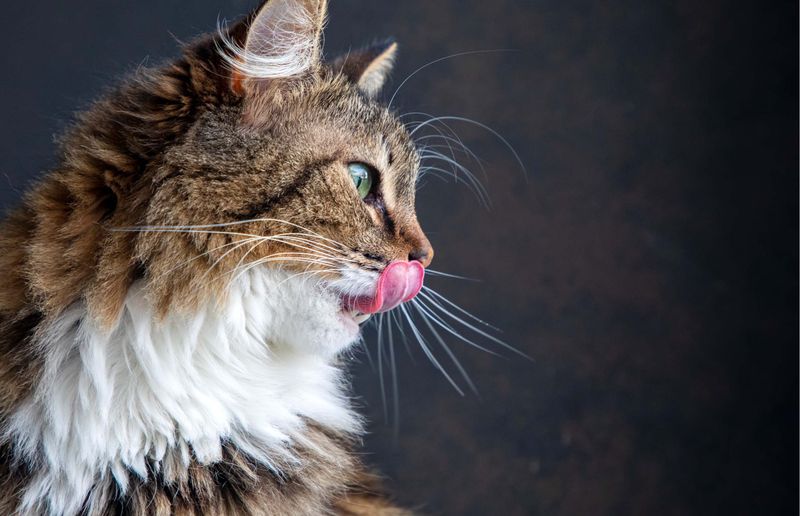📖 Table of Content:
- 1. Gradual Transition
- 2. Warming Up Food
- 3. Experiment with Textures
- 4. Enhance Flavor
- 5. Scheduled Feeding
- 6. Smaller, Frequent Meals
- 7. Rotate Flavors
- 8. Mix Wet and Dry Foods
- 9. Maintain a Clean Feeding Area
- 10. Puzzle Feeders
- 11. Environmental Enrichment
- 12. Interactive Feeding
- 13. Food Toppers
- 14. Monitor Health
- 15. Consistency and Patience
Cats are known for being finicky eaters, often turning their noses up at even the most carefully selected meals. Ensuring that your feline friend receives the proper nutrition can be a challenging task, especially when preferences change from one day to the next. The struggle to find the right balance between palatability and nutritional value can leave many pet owners feeling frustrated. However, there are practical strategies that can help transform mealtime into a more enjoyable and less stressful experience.
This post explores a variety of techniques to entice picky cats into eating well-balanced and nutritious meals. The suggestions include methods like gradually transitioning between foods, experimenting with different textures, and enhancing flavors with safe additives. Additionally, the use of puzzle feeders and interactive meal settings can stimulate a cat’s interest in eating. Each strategy is designed to encourage a healthier routine while catering to your cat’s unique taste preferences.
By adopting these strategies, you can help your feline friend develop a more consistent and beneficial eating habit. The tips emphasize the importance of patience, routine, and creativity in feeding practices. Regular veterinary consultations are also recommended to rule out any health issues that might affect your cat’s appetite. Ultimately, these insights aim to make mealtime a rewarding experience, ensuring that your cat receives the proper nutrition it needs to thrive.
1. Gradual Transition
Switching your cat’s diet can be a delicate process, especially for a picky eater. Using a gradual approach, start by mixing a small amount of new food with the old. Over several days, slowly increase the proportion of the new food. This patience helps cats adjust without stress. It’s essential to monitor your cat’s reaction to ensure they’re accepting the change. Sudden switches can lead to digestive issues, so maintaining a steady pace is key. With time, your cat will become accustomed to the new flavors and textures that the diet change brings.
2. Warming Up Food
Cats often respond to the aroma of their food. By lightly warming wet food, you can enhance its smell and make it more appealing. Be cautious, though; ensure the food isn’t too hot, as it could harm your cat. A gentle warmth is enough to entice. This method is particularly effective with older cats or those with diminished senses. A few seconds in the microwave or warm water bath suffices. Warmed food mimics freshly hunted prey, appealing to natural instincts. Try this technique to see if your cat’s eating habits improve.
3. Experiment with Textures
Variety can sometimes be the key to a cat’s heart. Experimenting with different food textures can reveal preferences you might not expect. Some cats prefer the smoothness of pâté, while others enjoy the chewiness of chunks or shredded options. Offering a selection can make mealtime more intriguing and satisfying. You might discover that texture plays a crucial role in your cat’s acceptance of new foods. Understanding these preferences can make feeding easier and more successful. Keep a journal of what works best, and talk to your vet about introducing new textures appropriately.
4. Enhance Flavor
Enhancing the flavor of your cat’s food can be a game changer. By adding a small amount of cat-safe broth or a tasty topper, meals become more tempting. Low sodium options are best to ensure health isn’t compromised. These additions can also provide extra nutrients, aiding overall health. Always introduce new flavors slowly to avoid overwhelming your cat. Observe how your cat reacts and adjust accordingly. This strategy can turn an ordinary meal into a feast, stimulating a finicky eater’s interest. Remember, moderation is key to prevent dietary imbalances.
5. Scheduled Feeding
Routine is essential for cats, and scheduled feeding can encourage regular eating habits. Establishing specific times for meals helps regulate your cat’s appetite and prevents overeating. Unlike free-feeding, this method creates anticipation and a sense of routine. Over time, your cat will associate these times with food, promoting a healthier eating pattern. It also allows you to monitor intake and adjust portions as needed. Consistency is crucial; stick to the schedule to see the best results. This strategy not only aids in nutrition but also integrates well with busy human schedules.
6. Smaller, Frequent Meals
Cats, much like humans, can prefer smaller, more frequent meals over large ones. Offering smaller portions throughout the day can pique interest and encourage regular eating. This approach mimics a cat’s natural hunting behavior, where they catch several small meals a day. It can also prevent boredom, as each meal becomes a new opportunity to explore flavors. When using this method, ensure the total daily intake remains balanced. Frequent meals can help manage weight and provide steady energy levels. Discuss with your vet to tailor this strategy to your cat’s needs.
7. Rotate Flavors
Keeping mealtime exciting is crucial for picky cats. By rotating flavors, you provide novelty, which can stimulate interest. While consistency is important, occasional flavor changes can prevent boredom. Introduce new flavors gradually to monitor your cat’s response. This method also helps identify any allergies or preferences. A varied diet can contribute to overall well-being, ensuring a balanced intake of nutrients. However, be cautious not to switch too frequently, as this might cause digestive issues. Find a balance that keeps your cat curious and satisfied with their meals.
8. Mix Wet and Dry Foods
Combining wet and dry foods can offer a delightful medley for your cat, catering to different texture preferences. This mix provides additional moisture, essential for hydration and kidney health. For picky eaters, the combination can make meals more appealing by varying taste and texture. Experiment with different ratios to find what your cat enjoys most. This strategy not only makes meals more enticing but also ensures a comprehensive nutritional profile. Ensure any dietary changes are gradual to avoid upsetting your cat’s stomach. Consultation with a vet can guide appropriate mixing techniques.
9. Maintain a Clean Feeding Area
Cleanliness can significantly affect a cat’s willingness to eat. Cats are naturally clean animals and can be deterred by dirty bowls or lingering food smells. Regularly washing feeding bowls and maintaining a tidy eating area ensures your cat approaches mealtime without hesitation. This practice helps prevent bacterial growth and odors that might discourage eating. A clean environment promotes not only eating but also overall health. Make it a routine to check and clean the feeding area daily. Your cat will appreciate the fresh start at each meal, enhancing their dining experience.
10. Puzzle Feeders
Engagement during mealtime can make eating more appealing for cats. Puzzle feeders introduce a playful challenge, stimulating both mind and body. They mimic hunting instincts, offering a rewarding experience once the food is accessed. This method slows down eating, aiding digestion and preventing overeating. Various designs cater to different skill levels; choose one that suits your cat’s abilities. Puzzle feeders can also reduce boredom and provide mental stimulation. Introduce them gradually and observe your cat’s interaction. This innovative approach can turn mealtime into an exciting and satisfying adventure.
11. Environmental Enrichment
Creating a calm and enriching environment for feeding can positively impact a picky eater. Stress and anxiety can affect appetite; therefore, a quiet setting encourages relaxation and focus on eating. Ensure the feeding area is free from loud noises and distractions. Some cats prefer elevated feeding spots or having a view outside. Tailoring the environment to your cat’s preferences can make mealtime more inviting. Consider adding elements like soft lighting or gentle music to enhance the ambiance. This approach reduces mealtime stress, allowing your cat to enjoy their food peacefully.
12. Interactive Feeding
Cats often appreciate companionship and encouragement, even during meals. Interactive feeding involves being present and engaging with your cat while they eat. Sit nearby, offer gentle encouragement, or pet your cat if they enjoy it. This presence can reassure a shy or anxious eater, making them more willing to eat. It also allows you to monitor their eating habits closely. Over time, this practice strengthens the bond between you and your cat. Interactive feeding is particularly beneficial for social cats or those with new environments. It transforms mealtime into a shared, enjoyable experience.
13. Food Toppers
Food toppers are an effective way to enhance flavor and nutrition without overwhelming your cat. These special additions can entice even the pickiest eaters, adding variety and interest to meals. Choose toppers that complement your cat’s dietary needs, ensuring they’re nutrient-rich and safe. Introduce them sparingly to observe your cat’s reaction. Toppers can also be rotated to maintain novelty and excitement at mealtime. This method aids in transitioning to new foods or encouraging a balanced diet. Consult with your vet to select appropriate toppers, aligning with your cat’s health goals.
14. Monitor Health
Regular health checks with your veterinarian are crucial in addressing feeding issues. Sometimes picky eating stems from underlying health problems. A thorough examination ensures no medical conditions are affecting appetite. Discuss your cat’s dietary habits with your vet to gain insights and recommendations. This proactive approach helps identify allergies, dental issues, or metabolic concerns. By understanding the root cause, you can tailor feeding strategies effectively. Monitoring your cat’s health ensures they receive the nutrition needed for a happy, active life. Regular vet visits are an essential part of responsible pet care.
15. Consistency and Patience
Patience is vital when dealing with a picky eater. Cats can take time to adjust to new foods or routines. Consistency in feeding methods and times helps build trust and predictability. Avoid making abrupt changes or exhibiting frustration, as this can create stress. Gradual adjustments encourage acceptance and comfort. Observe your cat’s preferences and adapt accordingly. Celebrate small victories and progress. This approach fosters a positive association with mealtime, gradually improving eating habits. Remember, each cat is unique; what works for one may not for another. Tailor your approach with care and compassion.
